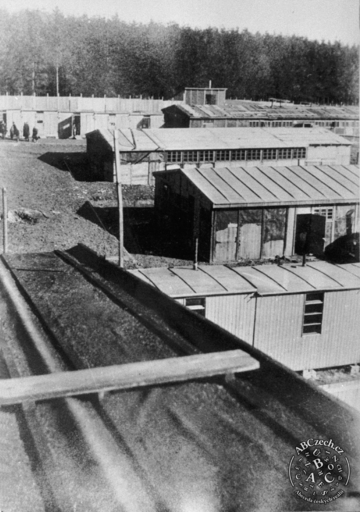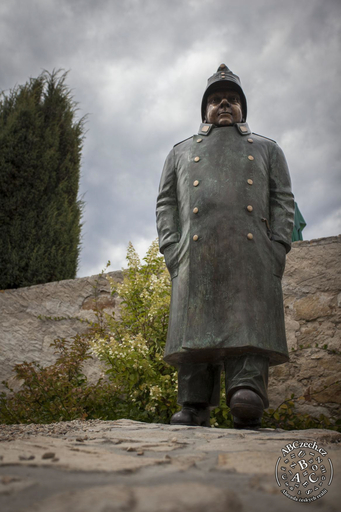
Beauty pageants especially popular in the 1960s and 1990s. They gave rise to many successful Czech models, popular television presenters and businesswomen. In 2006, Miss Czech Republic Taťána Kuchařová was the first Czech woman to win Miss World.

Fermented alcoholic beverage flavoured with hops. Its production, careful preservation and tapping have become a part of Czech beer culture.

Traditional technique of textile printing with small white patterns typically on a blue background. It has been a part of intangible cultural heritage of UNESCO.

Drawn character from Czech comics, film series and books. Its author is the writer and illustrator Ondřej Sekora.

One of the ethnic minorities in the Czech Republic, consisting of Bohemian, Moravian and Silesian Germans. In the 20th century the term Sudeten Germans became commonly used, but it has negative connotations due to its associations with Nazism.

One of the most famous 20th-century German-speaking writers from Prague. He is regarded as the predecessor to existentialism and literature of the absurd.

Former camp in the Písek district, opened in 1940 as a labour camp for Romani people and other “vagrant people”. During the Second World War it functioned as a concentration camp.

Centre of Czech theatre avant-garde of the 1920s and 1930s. It was founded by directors Jindřich Honzl and Jiří Frejka as a section of the group Devětsil in the winter of 1925. During the economic crisis, it was one of the most popular theatres in the country due to Voskovec and Werich.

Daily newspaper in which many prominent figures of Czech culture and politics have published. The newspaper was most famous in Czechoslovakia between the two world wars.

Saint Vitus, allegedly born on Sicily, gradually became a popular saint in Bohemia and the patron of the Czech lands. His shoulder is venerated in Saint Vitus Cathedral at Prague Castle.

An ethnic minority in the Czech Republic that has faced discrimination for a long time. They have lived in the Czech lands since the early 15th century.

Emigration of Russians to the Czech lands in the 20th century occurred in several waves: 1918–1922, after the Second World War, in the 1960s and 1980s, and after 1989.

The largest and most important church in the Czech Republic, a dominant feature of Prague Castle and one of the symbols of Czech statehood, in which kings of Bohemia were traditionally crowned and buried.

The first Czech gymnastics organisation active in Bohemia and Moravia and, owing to Czech immigrants and the Sokol mission, all over Europe and in North America. As a part of Czech culture, the movement had a nation-building significance and became a part of the Czech identity.

Traditional historicist clothing worn by members of the Sokok movement on ceremonial occasions. It consists of the Sokol jacket, the so-called kajda with a Czamara frog fastening, a red shirt and riding breeches or a skirt.

Fictive character from Jaroslav Hašek’s works, especially from the four-part novel The Good Soldier Švejk (Osudy dobrého vojáka Švejka, 1921–1923), which became a part of Czech literary tradition. The most famous visual representation of Švejk was created by the illustrator Josef Lada.
2016-2020 ABCzech.cz - © Filozofická fakulta Univerzity Karlovy
Content from this website may be used without permission only for personal and non-commercial purposes and with the source cited. Any other use is allowed only with the authors' consent.
This web application Sonic.cgi meets GDPR requirements. Current information can be found here.